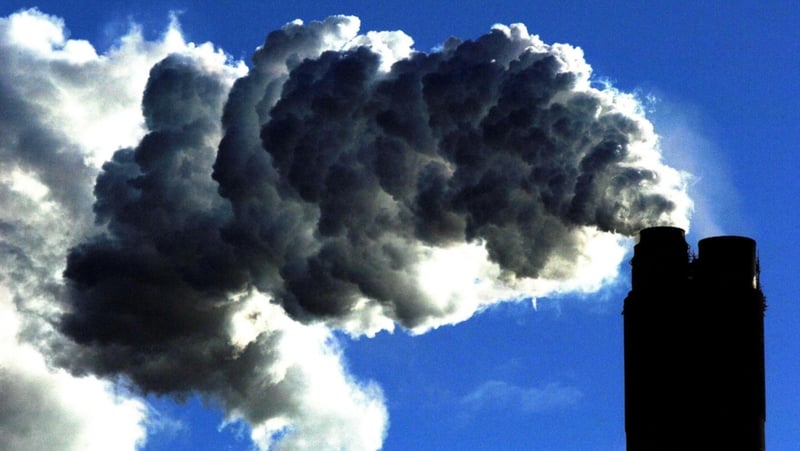A year-on-year decarbonisation rate of over 17% is now required to limit global warming to 1.5 degrees above pre-industrial levels, an analysis by PwC has concluded.
This time last year that target rate was just over 15%.
The revised target is seven times greater than the level of decarbonisation that was achieved over the last two years, the report states.
It is also 12 times faster than the global average of 1.4% over the last two decades.
The latest PwC Net Zero Economy Index points out that since the start of this century, no G20 country has achieved a decarbonisation rate of more than 11% in a single year.
The highest level - of 10.9% - was achieved by the UK in 2014.
The analysis concludes that all nations, including Ireland, need to work harder to reduce emissions to stand any chance of meeting the IPCC's 2030 deadline to reduce emissions by 43%.
"The fact the world needs to decarbonise seven times faster is a spur to action, not a counsel of despair," David McGee, PwC Ireland ESG Leader said.
"While the overall pace has to pick up rapidly, dramatic change is possible when business and policy makers align. The rapid acceleration of the deployment of wind and solar in several regions shows change can happen. The world is decoupling growth from carbon emissions, now we need that trend to become a surge," he added.
The report points out that Ireland faces significant challenges in meeting its short-term and medium-term climate targets.
The most recent emissions inventory and projections published by the Environmental Protection Agency show that Irish national greenhouse gas emissions fell by around 2% in 2022.
Based on current trends and full implementation of planned climate policies and measures, the EPA projects that Ireland will only achieve a 29% reduction by 2030 compared to a 51% reduction enshrined in the Climate Act.
